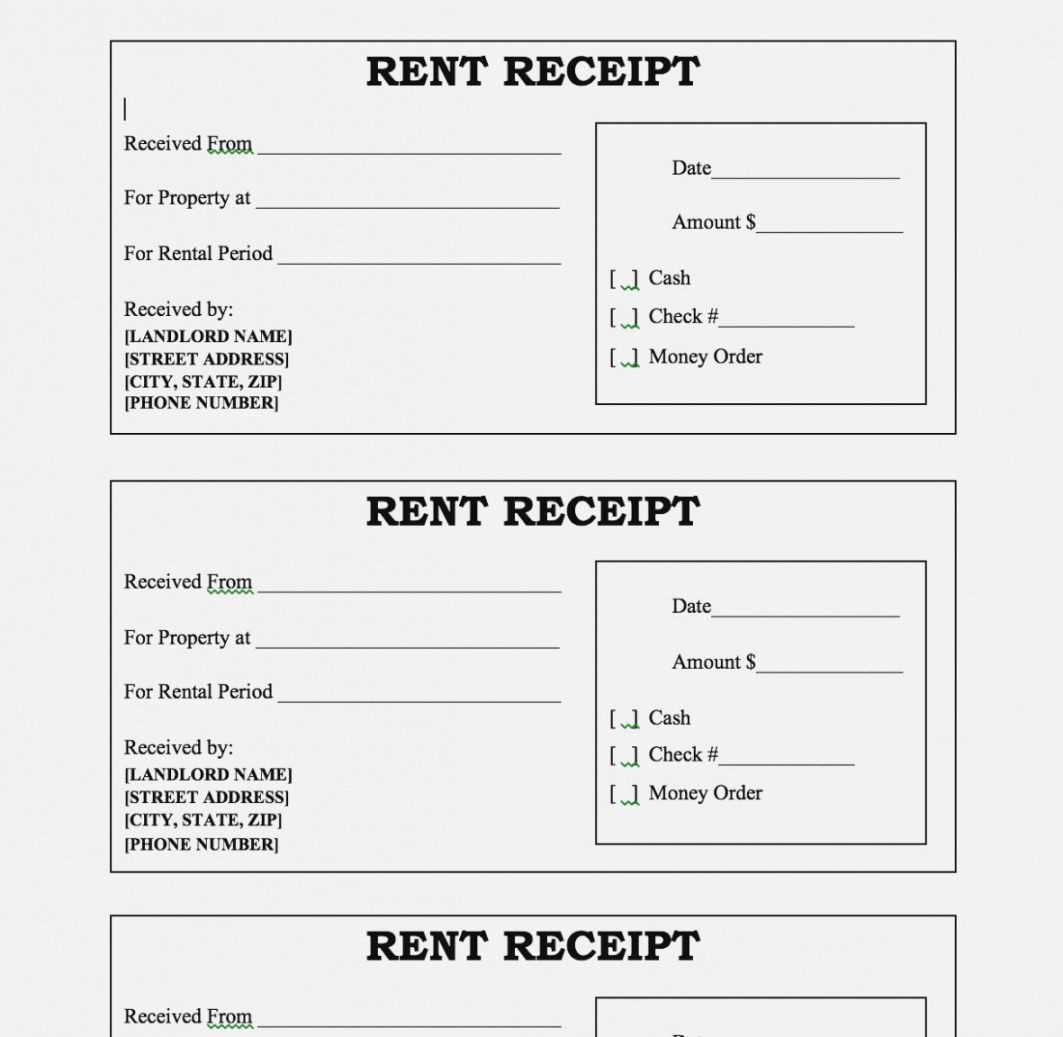
Key Elements of a Property Receipt
A well-structured property receipt should include all essential details to ensure clarity and accountability. Below are the key elements to include:
- Date: Clearly state when the transaction took place.
- Receipt Number: Assign a unique identifier for record-keeping.
- Names and Contact Information: Include details of both the giver and recipient.
- Property Description: List the items with specific details such as make, model, and condition.
- Quantity: Indicate the number of items exchanged.
- Value: State the monetary worth, if applicable.
- Purpose of Transfer: Mention whether it is a sale, loan, or temporary transfer.
- Signatures: Ensure both parties sign to confirm agreement.
Simple Property Receipt Template
Below is a basic template that can be customized for different transactions:
PROPERTY RECEIPT Date: ___________________ Receipt No.: ________________ Received from: ___________________ Contact: ___________________ Address: ___________________ Received by: ___________________ Contact: ___________________ Address: ___________________ Item Details: - Description: ___________________ - Quantity: ___________________ - Condition: ___________________ - Value: $___________________ Purpose of Transfer: ___________________ Signatures: Giver: ___________________ Date: ____________ Recipient: ___________________ Date: ____________
Best Practices for Documentation

- Use digital copies: Save scanned or electronic versions for easy retrieval.
- Include photographs: Attach images for high-value or fragile items.
- Store safely: Keep copies in a secure location for reference.
A properly documented property receipt protects both parties by providing a clear record of the transaction. Adjust the template based on specific needs to ensure all necessary details are covered.
Property Receipt Template
Key Elements to Include in a Possession Receipt

Ensure the document contains the date of transaction, names of involved parties, description of the item, value, and signatures. These details establish clarity and prevent disputes.
How to Structure a Document for Legal Clarity

Use a clear format with distinct sections for identification, terms, and signatures. Avoid vague descriptions; specify serial numbers, conditions, and ownership terms. Keep sentences concise to enhance readability.
Digital vs. Paper Records: Pros and Cons
Digital receipts allow quick access, backups, and searchability but require secure storage. Paper records offer legal credibility and physical proof but risk damage or loss. Use both for reliability.
Customizing a Receipt for Different Transactions
Modify templates for rentals, purchases, or temporary transfers. Include specific clauses based on the nature of the agreement. For expensive assets, add a witness section.
Common Mistakes to Avoid When Drafting a Record
Omitting details such as dates, quantities, or signatures weakens validity. Avoid handwritten alterations and unclear wording. Consistency in formatting enhances professionalism.
Best Practices for Storing and Retrieving Documents
Keep physical copies in fireproof storage and digital copies in encrypted cloud services. Use a naming convention for easy retrieval. Regularly review records to maintain accuracy.


